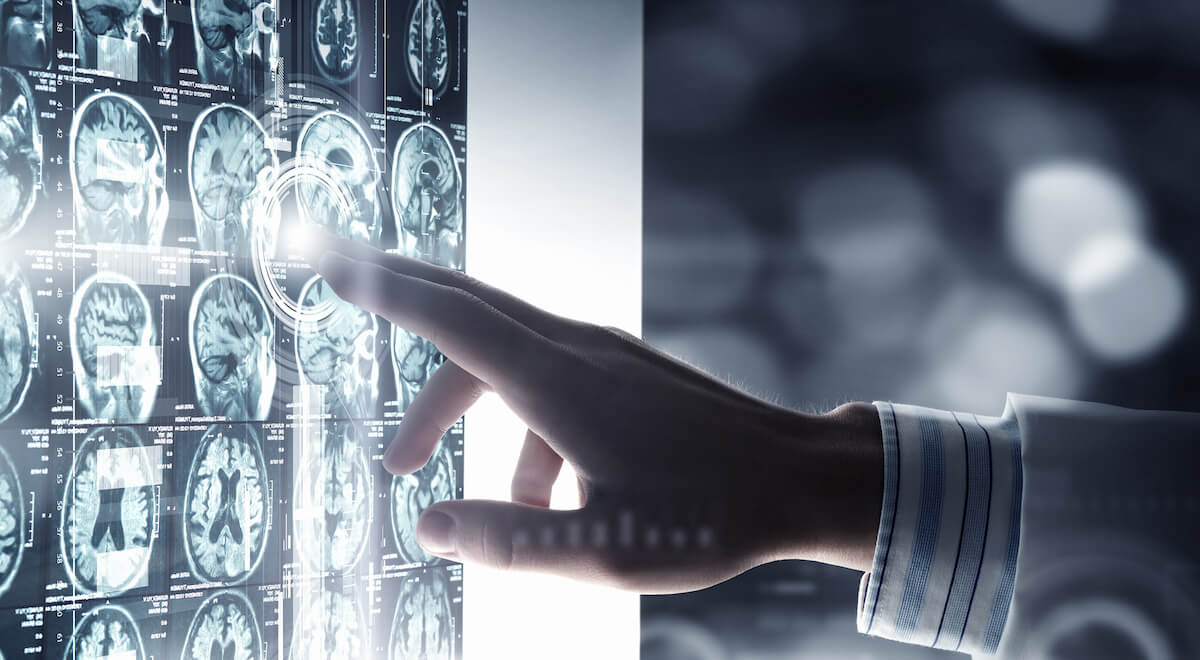by IHSG
Share
by IHSG
Share

Neuroimaging studies are helping us understand how impaired awareness of hypoglycaemia affects the brain—and mind
Habituation is a physiological blunting process that occurs in response to repeated stimuli. Hypoglycaemia offers a case in point. Normally, the body and brain mount a strong counterregulatory response to a falling blood glucose that helps preserve glucose levels; however, recurrent episodes of hypoglycaemia may blunt this response on various levels, with the result that the affected person does not experience the expected warning signals in a timely fashion. This phenomenon, known as impaired awareness of hypoglycaemia (IAH), affects about a quarter of people with type 1 diabetes and 10% of those with type 2 diabetes who use insulin.
The brain’s responses to hypoglycaemia serve the adaptive purpose of preserving brain function and protecting the brain against structural damage. The progressive loss of awareness, however, is maladaptive in that it impairs the affected person’s ability to self-treat, thus raising the risk that the hypoglycaemia will become severe.
The hypoglycaemic brain in action
While the pathophysiology of IAH remains unclear, the science of neuroimaging offers intriguing clues. The technology identifies brain regions that become active in response to a stimulus, using a variety of markers—such as localized changes in blood flow or metabolic rate—to detect changes in brain activity. When studied in the context of hypoglycaemic stress, neuroimaging can help us understand some of the brain changes accompanying IAH and help us devise better ways of managing the problem.
In individuals without diabetes, experimentally-induced hypoglycaemia causes several regions of the brain to become active, including the basal ganglia, hypothalamus, pituitary, thalamus, and parts of the frontal cortex. Other regions, especially those involved in forming memories, may become deactivated. Neuroimaging studies have found these responses to differ in people with type 1 diabetes and between those with and without IAH.
In a study of men with type 1 diabetes, for example, subjects with IAH showed subtle differences not only in regions associated with the awareness of physiological responses to hypoglycaemia, but in regions associated with executive control, reward, memory, and emotional significance.1 In addition, differences in operculum activation in the IAH group raised the possibility that this group may be less driven to eat than those with intact awareness of hypoglycaemia.1
Another study involving people with type 1 diabetes found even more striking discrepancies: those with preserved awareness of hypoglycaemia showed changes in prefrontal cortex and angular gyrus activity in response to mild hypoglycaemia, but those with IAH failed to show any such changes.2
These alterations in neural activity have metabolic correlates. In one study, subjects with IAH showed increases in global cerebral blood flow compared to those without IAH and to healthy controls.3 The researchers speculated that “an increase in global cerebral blood flow may enhance nutrient supply to the brain, hence suppressing symptomatic awareness of hypoglycemia.”3 Another study saw brain levels of the non-glucose metabolic fuel lactate fall by about 20% in subjects with IAH—but not in those with normal awareness of hypoglycaemia and people without diabetes.4
Inside the patient’s head
Taken together, findings from neuroimaging studies underscore the fact that the experience of IAH goes beyond reduced awareness of symptoms. Affected individuals fail to perceive their condition as unpleasant or dangerous and lack the motivation to treat it. They may also fail to create normal memories of these incidents. These aberrations may prevent patients from engaging in healthy behaviours to avoid hypoglycaemia in the future, thus exacerbating and perpetuating the problem.
Strategies to help people with IAH “override” the perceptual distortions experienced in IAH may be the most effective clinical approach to reducing the occurrence of IAH and of hypoglycaemia itself. As a successful example, a pilot intervention targeting motivation and cognitions in people with resistant IAH (called DAFNE-HART) significantly improved hypoglycaemia awareness,5 supporting the hypothesis that problematic perceptions are key in persistent IAH.
References
- Dunn JT et al. The impact of hypoglycaemia awareness status on regional brain responses to acute hypoglycaemia in men with type 1 diabetes. Diabetologia 2018; 61:1676–87.
- Hwang JJ et al. Hypoglycemia unawareness in type 1 diabetes suppresses brain responses to hypoglycemia. J Clin Invest 2018; 128:1485-95.
- Wiegers EC et al. Cerebral blood flow response to hypoglycemia is altered in patients with type 1 diabetes and impaired awareness of hypoglycemia. J Cereb Blood Flow Metab 2017; 37:1994-2001.
- Wiegers EC et al. Brain Lactate concentration falls in response to hypoglycemia in patients with type 1 diabetes and impaired awareness of hypoglycemia. Diabetes 2016; 65:1601-5.
- de Zoysa N et al. A psychoeducational program to restore hypoglycemia awareness: the DAFNE-HART pilot study. Diabetes Care 2014;37:863-6.





